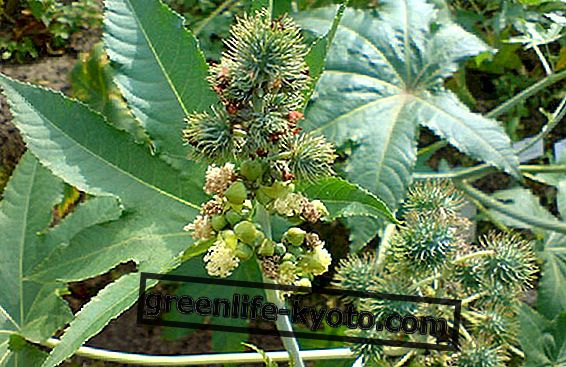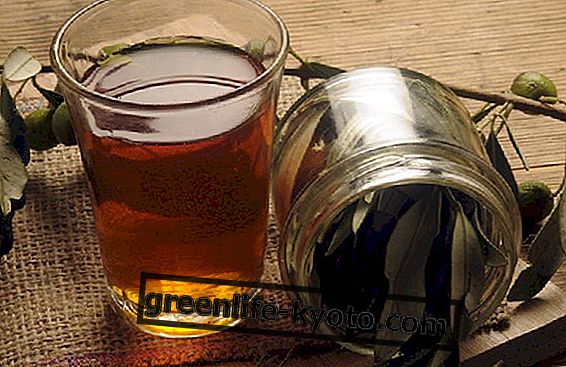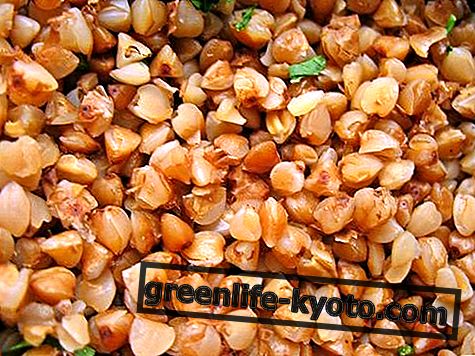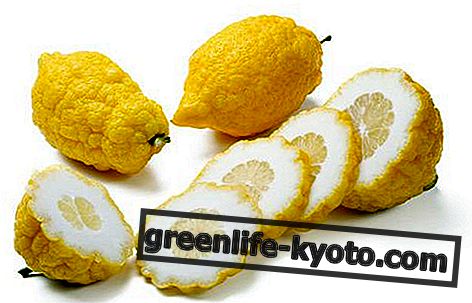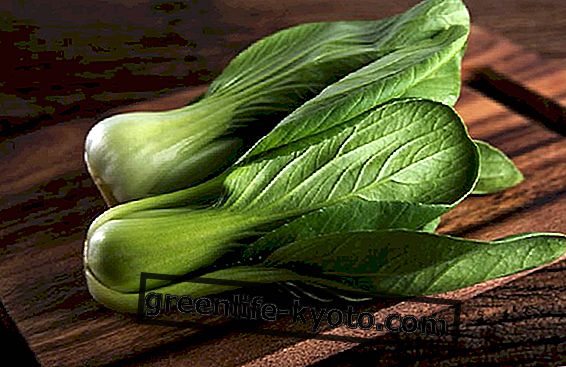Lettuce has the ability to rehydrate the human body and is useful for the digestive system. In common parlance it is mistakenly called "salad" while in reality salad is the dish that is prepared using lettuce. Let's find out better.
>
>
>

Plant description and variety
Lactuca sativa is the botanical name of lettuce, belonging to the Composite family.
5 are the most cultivated varieties that give very different shape and appearance to the leaves (which are the parts of the plant we eat):
- Classic type (Cappuccina-Trocadero) to which numerous varieties and selections belong, suitable for different periods of cultivation and consumption;
- Brazilian type (or Iceberg) with the characteristic "greasy" texture of the leaves and crunchiness;
- Batavia type with leaves bordered in red or marcs whose color can extend, in the outer leaves of the head, to the entire leaf;
- Roman type which, unlike the previous types, has an elongated and not rounded shape;
- head type not closed.
Lettuce is an angiosperm plant (or plant with flowers) that in common language is erroneously called "salad" while in reality salad is the dish that is prepared using lettuce.
It can be consumed in different ways: raw, if the plant is fresh, or boiled or stewed where it lends itself to the creation of first courses such as soups, soups, etc. or as a decoction (although cooking in general changes the nutritional properties that we will see below).
Capable of adapting to any type of climate, it resists well even at low temperatures.
For this reason, thanks to its cultivation that takes place from February to December, it is an excellent food that we find throughout the year.
The origins of lettuce are rather uncertain, it is believed that it has a Middle-East origin but it was also consumed in Europe since the Greeks and the Romans (from whom Roman lettuce seems to have originated).
Properties and benefits of lettuce
Whatever the varieties, two are the main nutritional characteristics that unite them.
- Being made up of about 95% of water it has a great capacity to rehydrate the human body;
- From the base of the freshly picked lettuce a whitish latex is released (called lactucary and from which the name of the lettuce derives) which has, like opium, modest sedative properties. Wild lettuce, in fact, was studied in 1911 by the Council of the Great Britain pharmaceutical company which, in addition to Lattucopicrina and Lactucine, found other molecules with mild sedative power contained all in the lactucary. It is therefore a food particularly suitable to be consumed in evening meals by all those people (especially children) nervous, agitated or even with difficulty falling asleep. To this end, in addition to consuming it raw, it is possible to prepare a decoction by boiling for half an hour half a row of lettuce in ¼ liter of water. To drink immediately after letting the liquid cool down and pouring it.
Calories and nutritional values of lettuce
100 g of lettuce contain 15 kcal .
Furthermore, for 100 g of raw product we have:
- Lipids 0, 2 g
- Cholesterol 0 mg
- Sodium 28 mg
- Potassium 194 mg
- Glucides 2.9 g
- Dietary fiber 1.5 g
- Sugar 0.8 g
- Proteins 1.4 g
- Vitamin A 7.405 IU
- Vitamin C 9.2 mg
- Calcium 36 mg
- Iron 0.9 mg
- Magnesium 13 mg
Lettuce, ally of
The positive effects of lettuce are numerous.
- ALLIED OF THE DIGESTIVE APPARATUS for its excellent fiber content (1.5 g per 100g of lettuce) and the type of fiber (inulin, consisting of fructose chains) which makes lettuce particularly digestible. This reserve oligosaccharide also plays a "prebiotic action" because, as an ally of the digestive system, it reduces the production of intestinal gas thanks to its ability to decrease the charge of harmful bacteria and to increase the percentage of Bifidobacteria (allied bacteria).
- ALLOY OF THE WHOLE BODY for its good content of mineral salts (iron, calcium, phosphorus, copper, sodium and potassium) and vitamins A and vitamin C recommended when the body needs a supplement of these micronutrients.
- ALLEGATE OF THE CIRCULATORY SYSTEM being provided with a particular molecule, glucokine, which makes this food particularly suitable for diabetic subjects since it has a hypoglycemic effect (lowers the level of glucose in the blood).
- ALLY OF THE PHYSICAL FORM with only 15 kcal every 100g. Its composition with almost completely absent fats and complex carbohydrates represented by the non-digestible fiber, makes it particularly suitable for those who are overweight.
Lettuce, how to choose it
It should be specified that lettuce is enriched during the growth of nitrogenous substances (nitrates, especially nickel nitrate) which derive from excessive fertilization.
It is advisable, therefore, to buy lettuce that grows on soils that are little or not at all contaminated, such as those coming from organic farming or from biodynamics, which grows in the field and not in a greenhouse or which has been harvested at the end of the day since the sunlight tends to reduce the concentration of nitrates in the leaves.
The problem is that nitrates, in the human body, joining with amines give rise to toxic compounds (nitrosamines), potentially carcinogenic. Having as a good habit to wash the product thoroughly, perhaps with bicarbonate that has the function of removing polluting chemical substances, can be a trick that reduces this contamination.
Lettuce: a good refreshing salad

Curiosity about lettuce
- The Pythagoreans, with allusion to the sedative action at the level of the genital apparatus, called the lettuce "the plant of the eunuchs";
- Dioscorides recommended lactucarium to dampen lust.
- «And Linnaeus, in proof of his anaphrodisiac action, mentions a rich Englishman, who was extremely afflicted by not having children, could only become a father, so soon that, on the doctor's advice, he abandoned the lactuca, which he used to abuse. And we easily believe that by substituting for dinner a cutlet and a beef steak for salad, the loins can acquire more virile energy "(Scotti, 1872).
